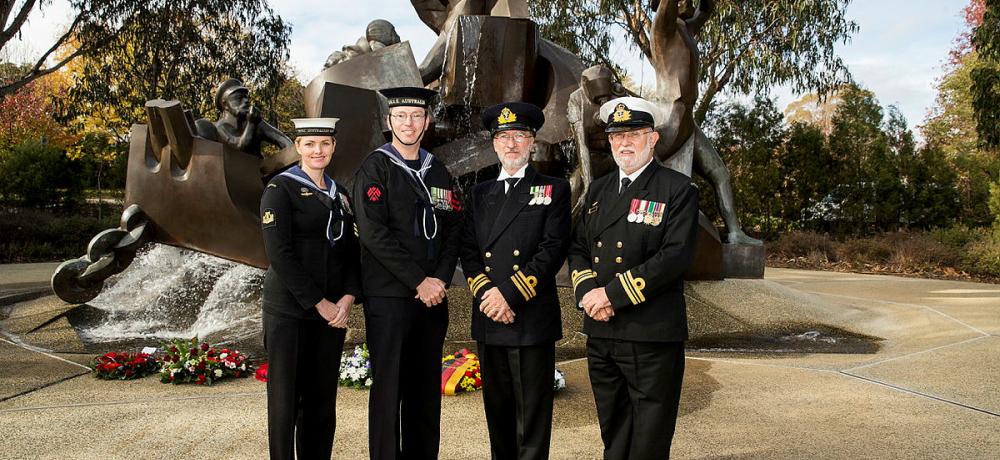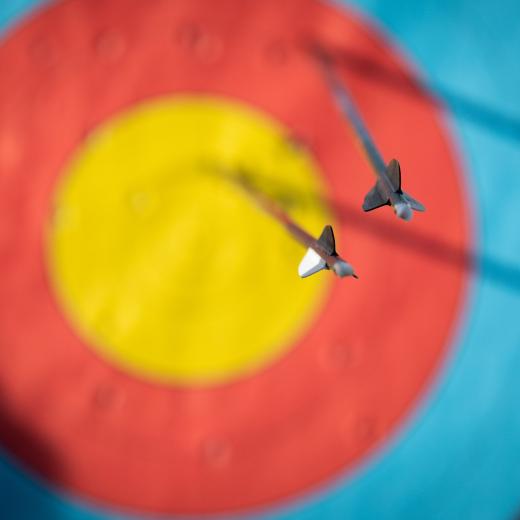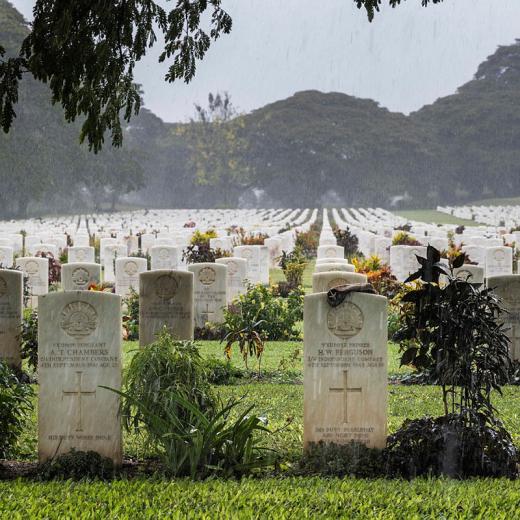BLUF
The Battle of Jutland was a tactical victory for Imperial Germany over the United Kingdom, but a strategic victory for the UK as the German fleet was still blocked from reaching the Atlantic.Summary
In May/ June 1916, the British Grand Fleet and the German High Seas Fleet clashed at Jutland in the largest naval battle in history until the Battle of Leyte Gulf off the Philippines in 1944. Key points:
- Involved 151 British and 91 German warships.
- For the first 22 months of WW1, both sides remained on the defensive for fear of losing important parts of their forces.
- The WW1 British naval objective was to blockade Germany.
- In January 1916, newly appointed Chief of the High Seas fleet Vice Admiral Scheer decided to act more offensively.
- Due to the enormous superiority of the Grand Fleet, Scheer wanted to lure out sections of the UK's Grand Fleet, trap and destroy sections one at a time.
- Scheer’s first operation planned was to attack British merchant vessels off southern Norway utilising submarines and surface vessels.
- Having broken the German naval code, the British knew the German strategy.
- In the initial clash, two British battlecruisers were lost at a cost of only minor damage to German ships.
- In an ensuing clash, another British Battlecruiser was lost, but the German flagship was damaged beyond repair.
- Later, the main British battle fleet surprised the Germans and forced their withdrawal.
- In the ensuing night battle, both sides lost vessels.
- The following morning, the Germans reached home port safety, where most of it remained for the rest of the war.
- Battle of Jutland was a tactical loss for the British as they lost more ships and crew than did the Germans.
- The Battle was a strategic victory for the British because even if they could not destroy the German fleet, they could keep it bottled up for the rest of the war; see: The Battle Of Jutland: Who Won The WW1 Naval Battle? - HistoryExtra.
- The continuing blockade deprived Germany of war material see: The British Blockade During World War I: The Weapon of Deprivation - Inquiries Journal
References
Recent Runway Posts related to this topic:
- Military History Background Reading: Wars & Campaigns Involving Australia | The Runway (airforce.gov.au)
- Why Revolutionary HMS Dreadnought Never Used Its Big Guns | The Runway (airforce.gov.au)
- "The Most Complete Naval Victory": How America Smashed Japan at Midway | The Runway (airforce.gov.au)
- Groupthink Blinded Imperial Japan at the Battle of Midway | The Runway (airforce.gov.au)
- Battle of the Coral Sea - Panel Discussion | The Runway (airforce.gov.au)
- Attack on Pearl Harbor—1941 | The Runway (airforce.gov.au)
- HMAS Sydney’s unknown sailor identified, but mysteries remain | The Runway (airforce.gov.au)
References from the Web
- Battle of Jutland | History, Facts, & Outcome | Britannica
- Battle of Jutland 31 May to 1 June 1916 - Anzac Portal (dva.gov.au)
- What Was The Battle Of Jutland? | Imperial War Museums (iwm.org.uk)
- Battle of Jutland 1916 | National Records of Scotland (nrscotland.gov.uk)
- The Battle Of Jutland: Who Won The WW1 Naval Battle? - HistoryExtra
- Battle of Jutland Part I: Opposing fleets (britishbattles.com)
- Battle of Jutland Part II: Opening Battle Cruiser action on 31st May 1916 (britishbattles.com)
- Battle of Jutland Part III: Clash between British and German Battle Fleets during the evening 31st May 1916 (britishbattles.com)
Source Information: 1914-1918-online, International Encylopedia of the First World War
- Article Source: Jutland, Battle of | International Encyclopedia of the First World War (WW1) (1914-1918-online.net)
- Media Check: Overview • 1914-1918-online
- RAAF RUNWAY: RATIONALE, GUIDELINES, LEARNING OUTCOMES, ETC |





